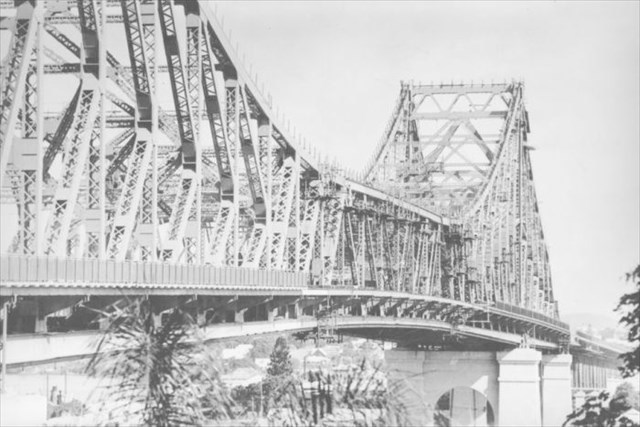
By the 1920s, Brisbane was growing and the Victoria Bridge (the only inner-city crossing at the time), was not able to meet the increase in traffic.
What would eventually become the Story Bridge was first recommended in a 1926 Cross River Commission report. The Commission, chaired by engineer Roger Hawken, was appointed to investigate the need for future bridges. They recommended three major work projects, one of them downstream from the Victoria Bridge.
The first of those was the William Jolly Bridge, then known as the Grey Street Bridge and was opened to traffic in March 1932 but due to a lack of funds what would become the Story Bridge was put on hold and it would not be until 1934, in the middle of the Great Depression, that construction on the Story Bridge would finally begin under the watch of Dr John Bradfield.
The Story Bridge was promoted as an employment-generating scheme and was one of three such projects undertaken by the Queensland Government in the mid-1930s, the others being the Stanley River Dam and the University of Queensland campus at St Lucia.
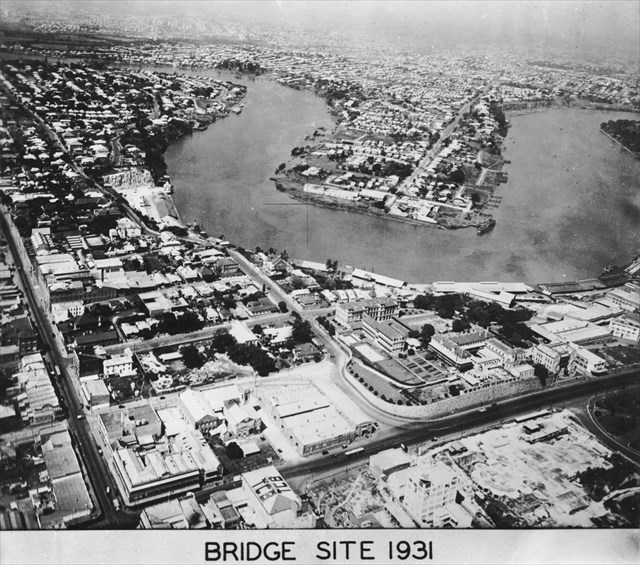
Brisbane-born Bradfield, the man behind the Sydney Harbour Bridge, was brought on as consulting engineer for the Story Bridge project on January 1, 1934.
For the Brisbane project, Bradfield recommended a steel cantilever bridge, heavily based on that of the Jacques Cartier Bridge in Montreal, Canada, which had been completed in 1930.
Tenders for the Kangaroo Point Bridge were called in January 1935, and the contract was awarded to Evans Deakin-Hornibrook Constructions, with a price of £1,150,000 ($2,300,000). Work commenced months later in May with construction crews working simultaneously from both ends with the goal to meet in the middle.
Some of the work done on the bridge was conducted in the deepest airlock done in Australia at the time. The south anchor pier during construction had to be sunk to a depth of more than 30 metres which was of course partly below the level of the river. It meant they had to devise a method using compressed air to allow the workmen to work at those depths which meant there was a risk of the bends as the men were brought back to the surface and normal air pressure.
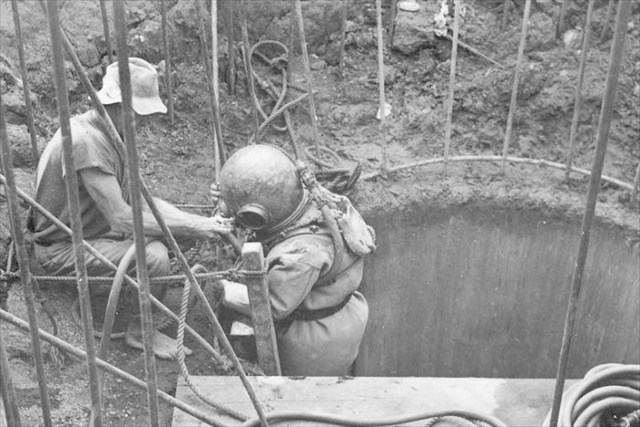
During construction the bridge was referred to as the Brisbane River Bridge, before becoming the Jubilee Bridge for King George V. The name was changed to the Story Bridge in honour of John Douglas Story who was a senior and influential public servant and a strong advocate for the construction of the bridge.
At its peak construction phase, during 1938, 400 people were employed to work in the workshops, office and on site but unfortunately there were four deaths during the bridge's construction.
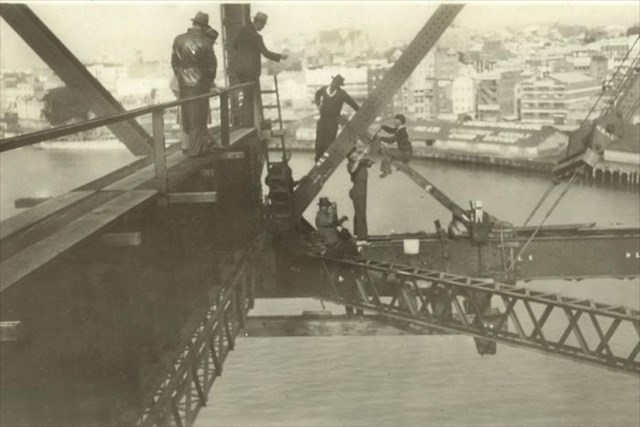
About 95 per cent of the materials used were of Australian manufacture, and 89 per cent of the cost of works was expended in Queensland. All the steelwork, about 12,000 tonnes, was fabricated at the Rocklea workshop of Evans, Deakin & Co. One truss of each type of approach span, and all joints of the main bridge, were assembled at the workshop then dismantled before removal, ensuring there were no difficulties in erecting the steelwork on site.
There are 1.5 million rivets in the bridge and it is repainted every seven years, using 17500 litres of paint to cover the 105,000 square metres of painted surface.
The length of the bridge is 777 metres and the road across the bridge is the Bradfield Highway, the shortest highway in the country.

It was originally a toll bridge and when it first opened the toll charge for motor cars was 6d. Other charges ranged from 1d for bicycles to 1/6 for heavy vehicles. The toll was removed in 1947 and during the war years the heavy traffic of American forces in Brisbane helped to pay down the loan (an unanticipated outcome of the war effort).
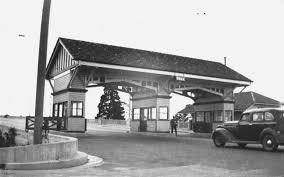
Unfortunately the Story Bridge has a dark history of suicidal behaviour reaching an average of four deaths per year.
Approval for suicide barriers on the bridge was granted in March 2010 by the Department of Environment and Heritage Protection but what followed was four years of inaction during which people continued to throw themselves to their deaths.
Council finally took some action: steel mesh anti-climb ¬barriers were fitted on the bridge supports and further barriers were installed between the roadway and walkway. Conveniently, this was just in time to stop political protesters scaling the bridge and hanging embarrassing banners during the G20 summit in November 2014. Mesh anti-climb barriers were later fitted to the river side of the walkways with work completed in 2015.
To log a find for this cache, you must venture to the listed co-ordinates which are on the city side walkway at the centre of Story Bridge (vertical support column 19) and take a picture of the city skyline with some part of the bridge in the foreground then post the photo with your log.
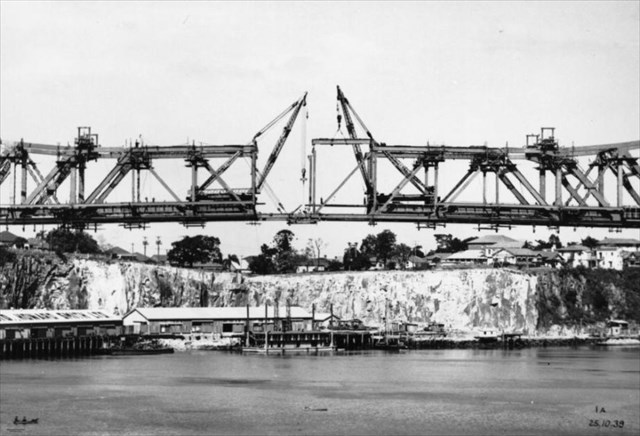
Virtual Reward - 2017/2018
This Virtual Cache is part of a limited release of Virtuals created between August 24, 2017 and August 24, 2018. Only 4,000 cache owners were given the opportunity to hide a Virtual Cache. Learn more about Virtual Rewards on the Geocaching Blog.